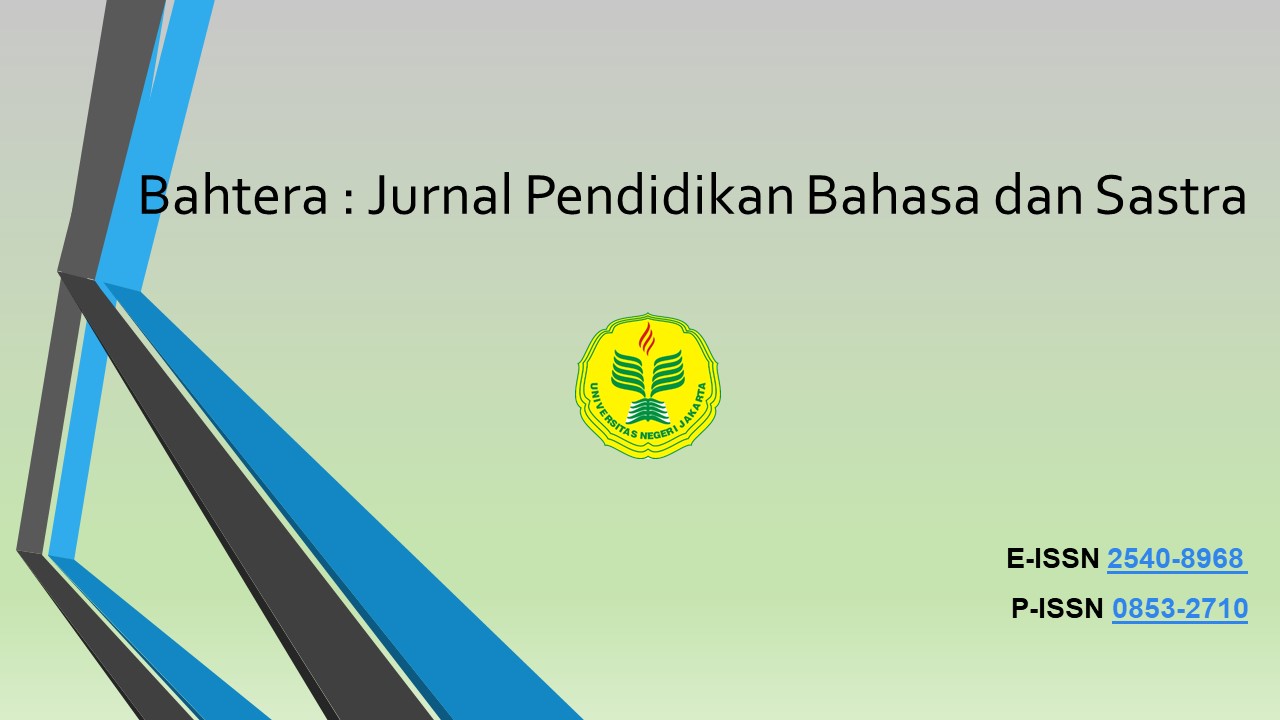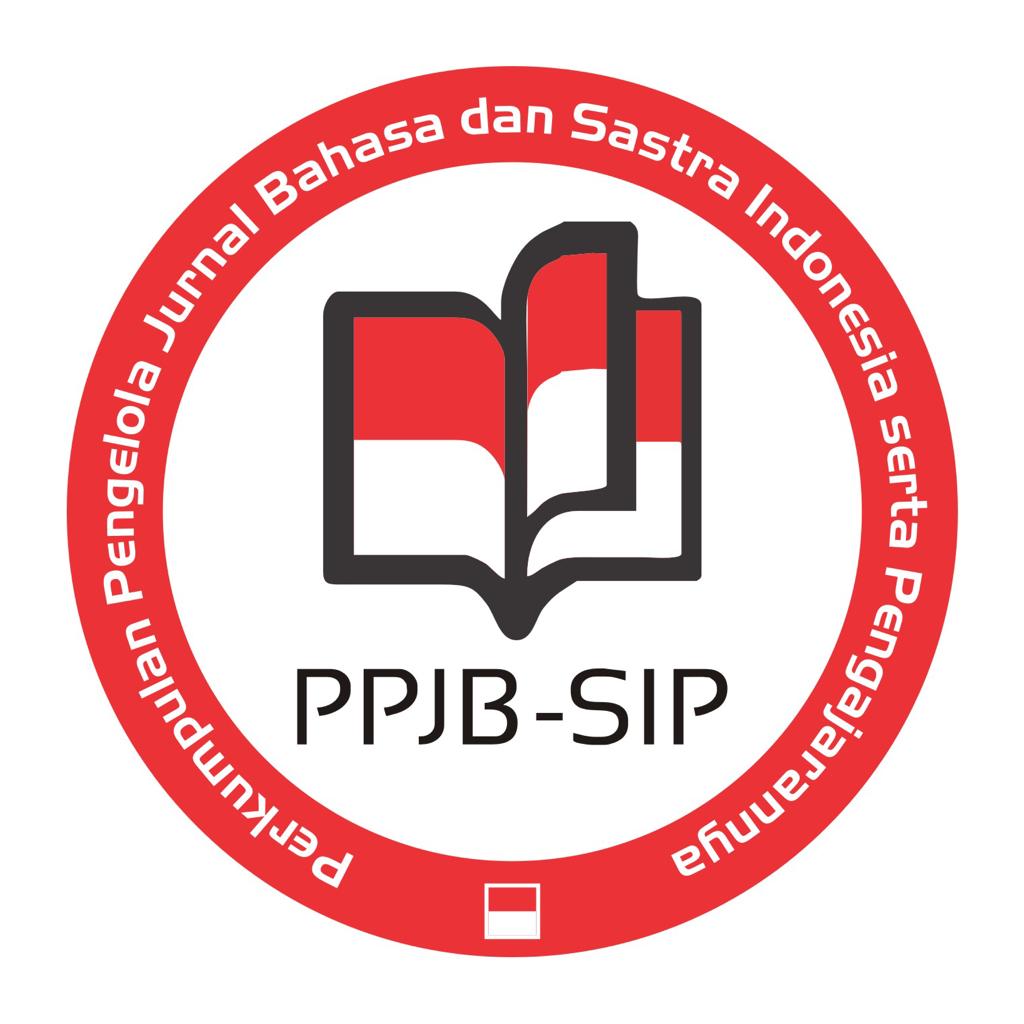CHARACTERIZATIONS OF WOMEN WIDOWED IN THE SHORT STORY NAMANYA, MASSA, TARIAN HAMIL DAN PENYAIR BULAN, AND NORHAYATI (Literary Review Cross Reference)
DOI:
https://doi.org/10.21009/BAHTERA.171.9Abstract
ABSTRACT
This research aimed to gain a deep understanding of comparative characterizations, household status, occupation or profession, and socio-cultural background of the third figure women widowed in a collection of short stories (short story), a literary review cross reference. This research seeks to understand the phenomenon of characterizations of women widowed in three short stories that are then compared between the three. Approach this research in the form of a qualitative approach and methods used are content analysis methods. The process of data analysis in this research is not based on an effort to test the hypothesis, but rather attempted to develop a theory or framework of thinking based on the theory of literary sociology, so researchers retain a major role as a tool research. Data sources the study consists of three short stories namely (1) “Namanya, Massaâ€, by Ratna Indraswari Ibrahim, a short story from Indonesia, (2) “Tarian Hamil dan Penyair Bulan†by Johari Tarif, short stories from Malaysia, (3) and "Norhayati" by Amil Jaya, a short story from Brunei Darussalam. The topic of this research inspired the character equality is in the short story from the collection of short stories in the book Menjenguk Dunia Batin Cerpen Serumpun (MDBCM). The findings of this research in the form of naming differences, education, household status, employment, and socio-cultural background. For the differences of the characters, properties, and the habit of the third figure women widowed: Massa, Lely, and Norhayati is caused by the difference in the level of education, occupation or profession, and socio-cultural environment.
Keyword: characterizations, women's widow, short stories, literary cross reference
Downloads
Published
How to Cite
Issue
Section
License
License & Copyright
This work is licensed under a Creative Commons Attribution 4.0 International License.










